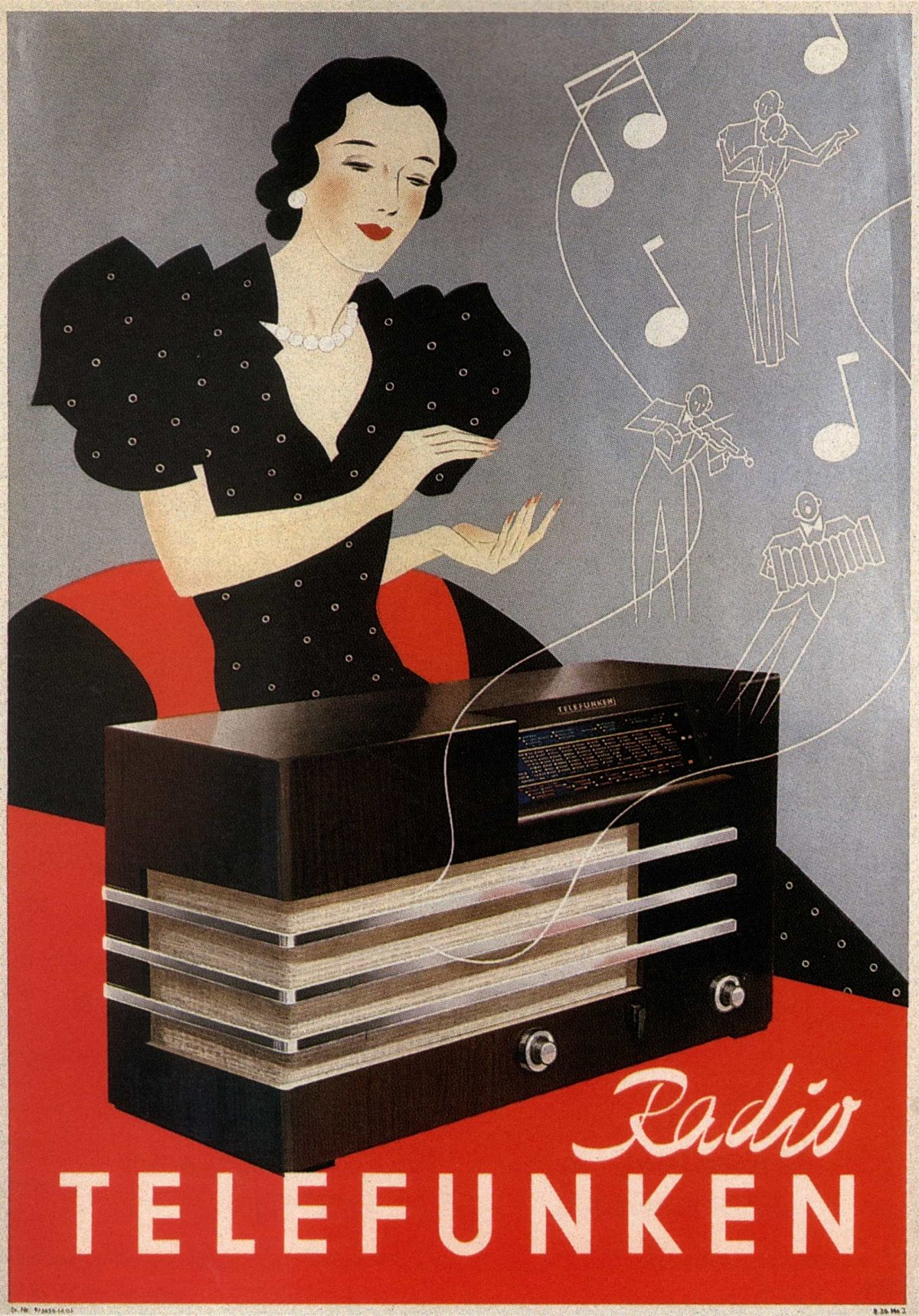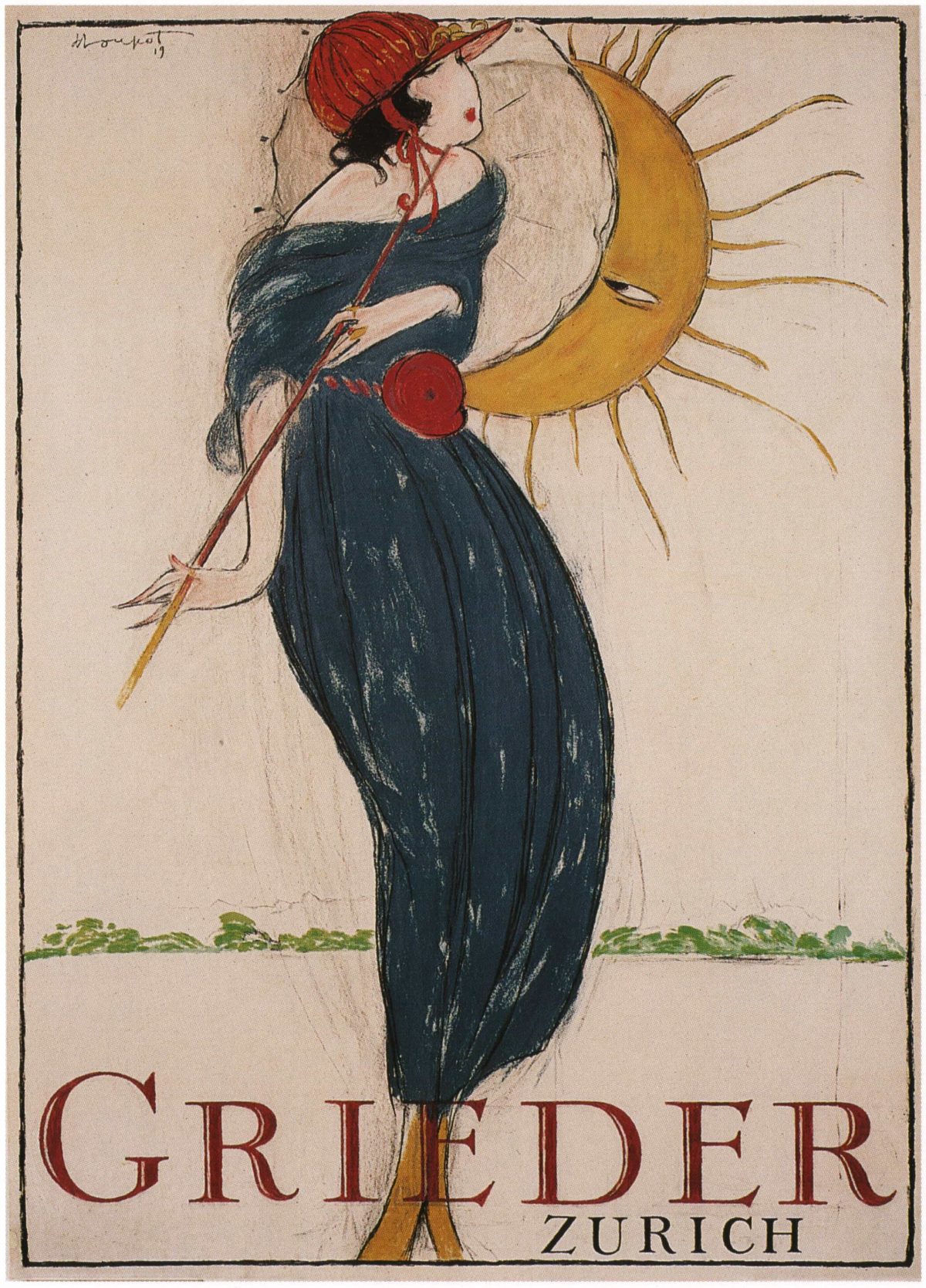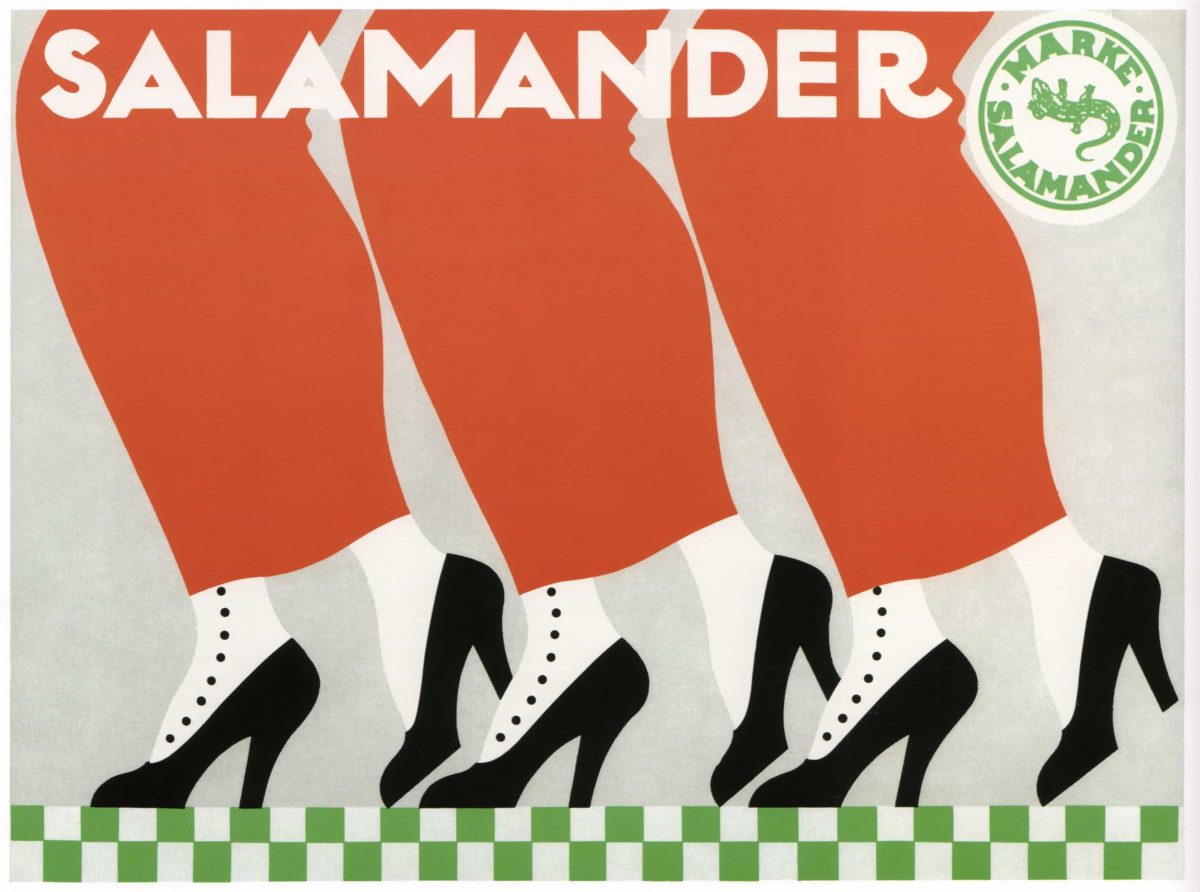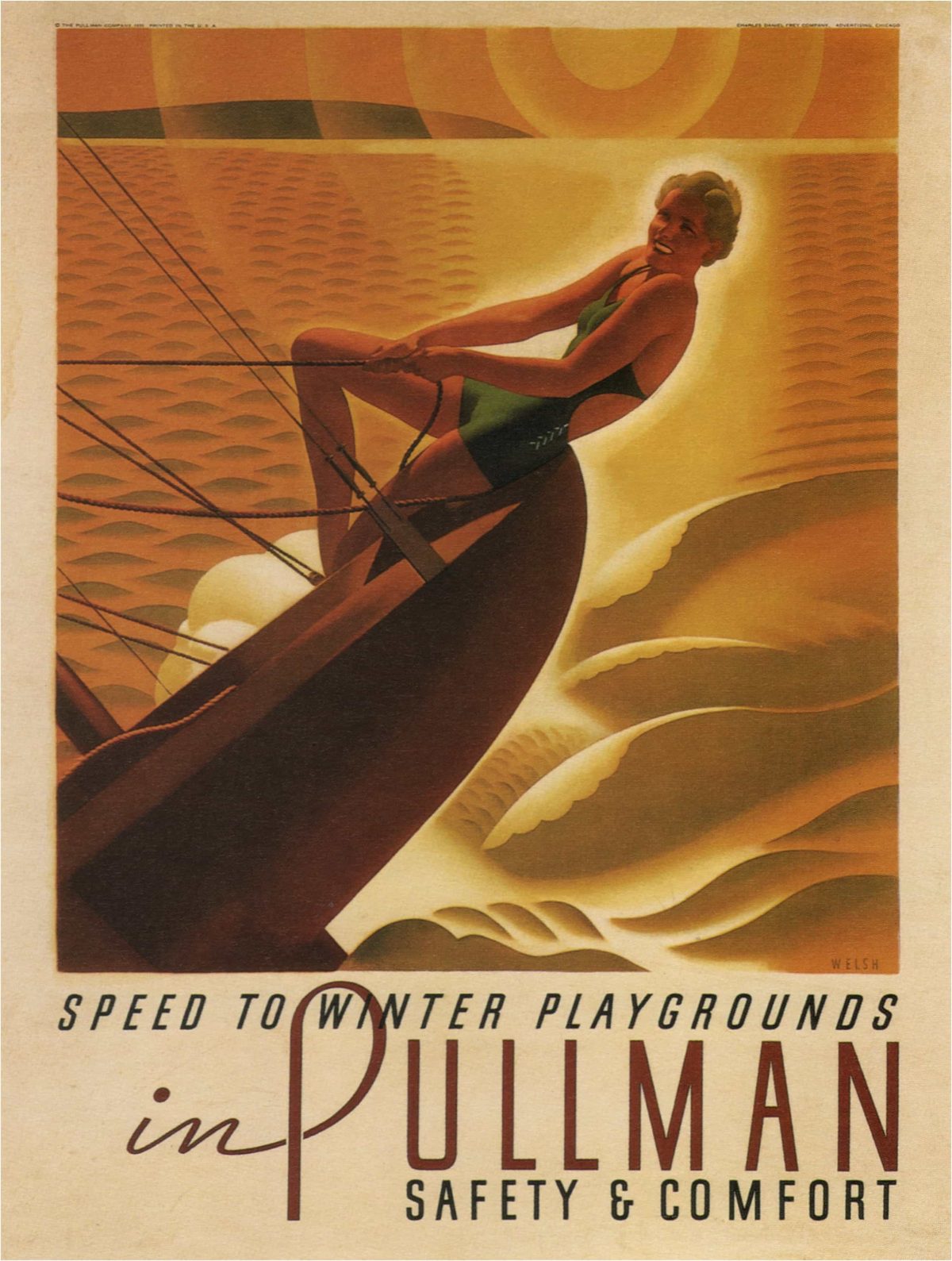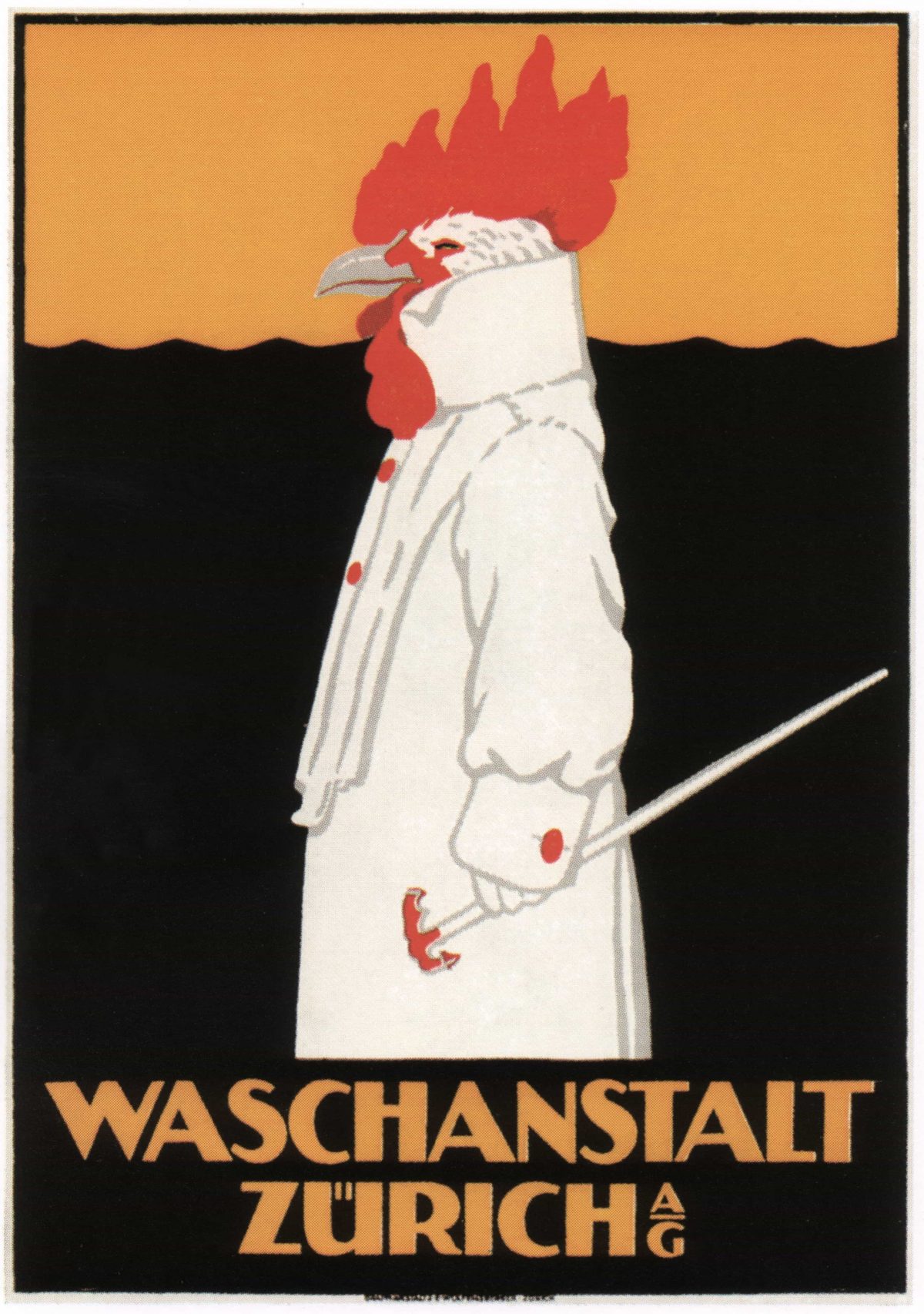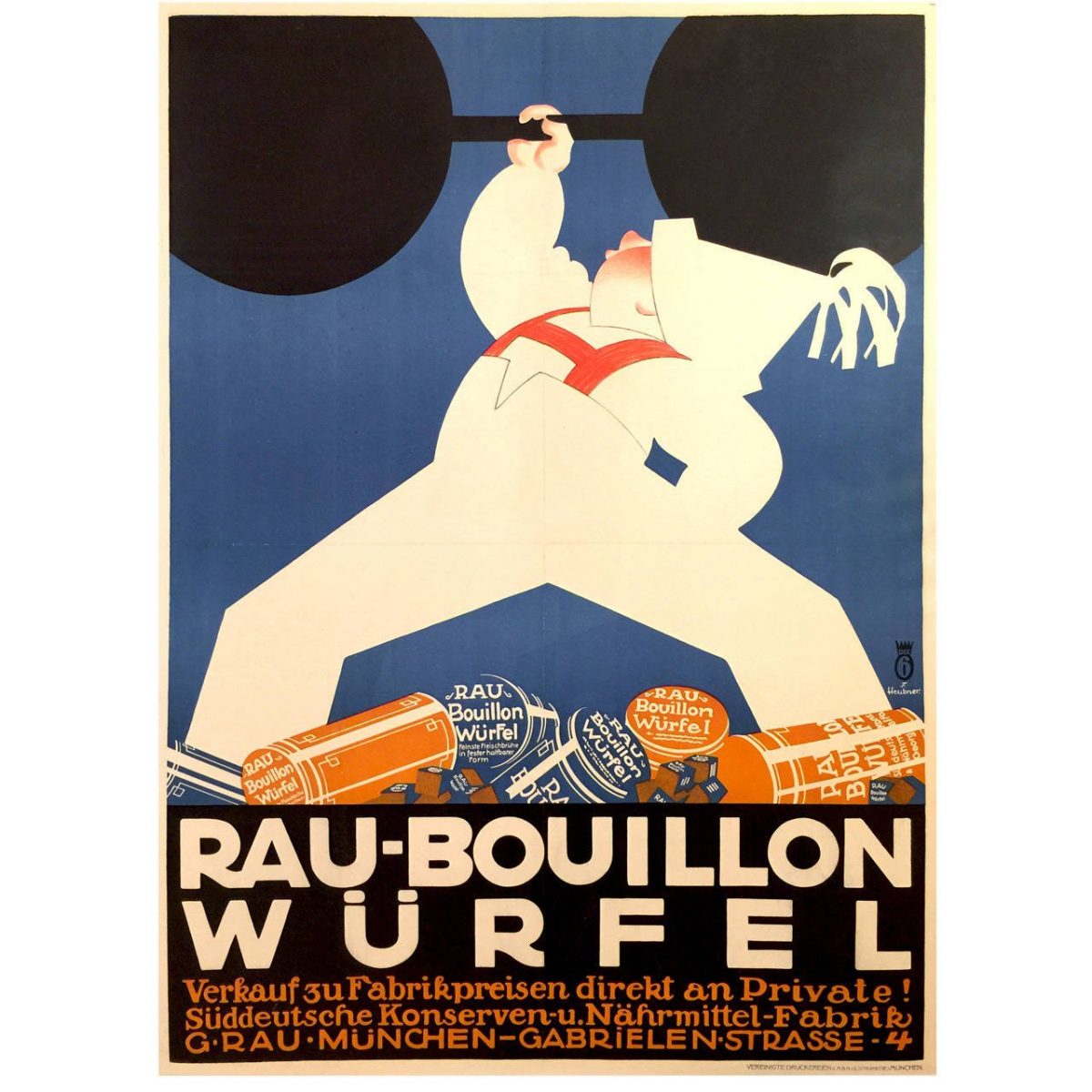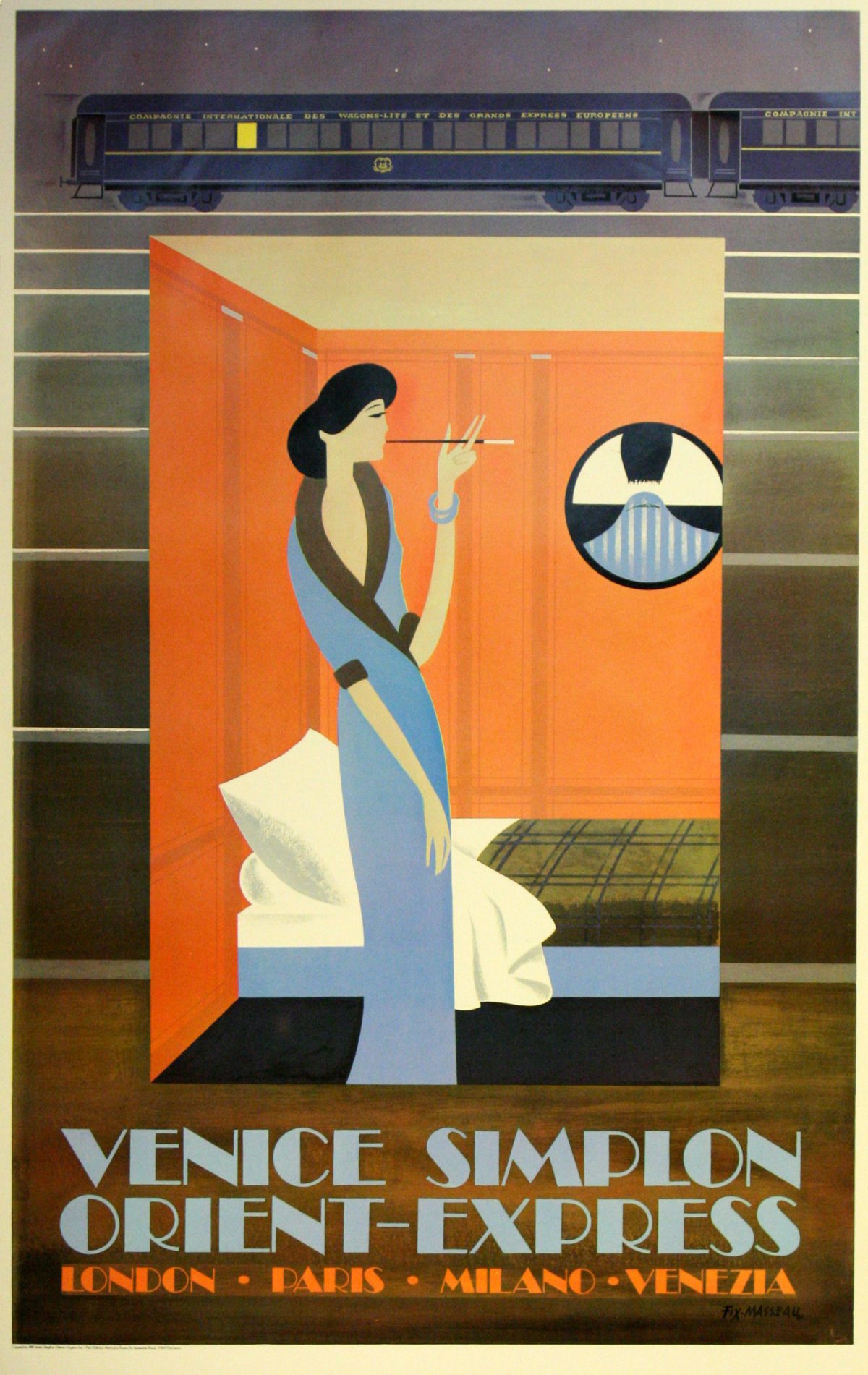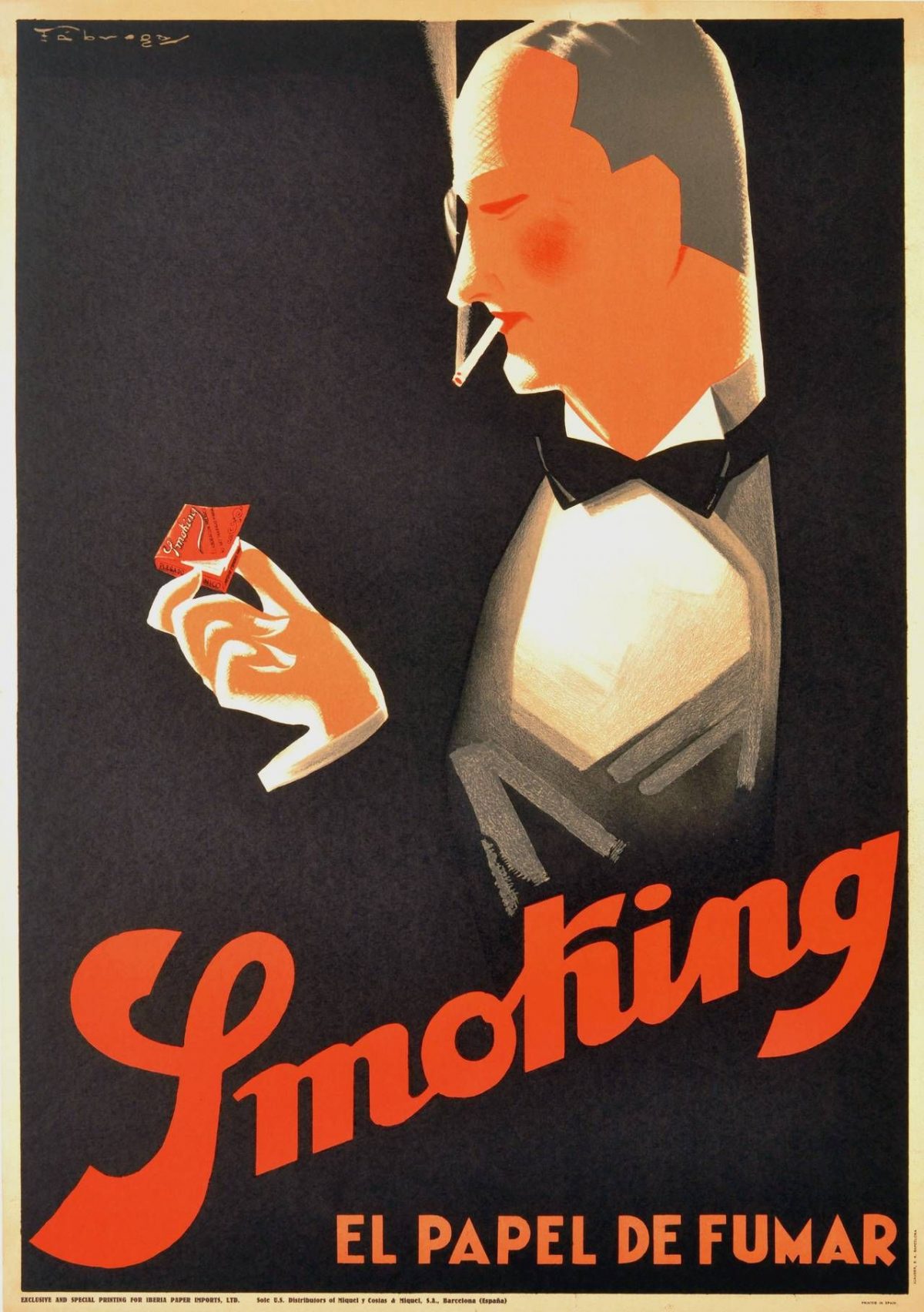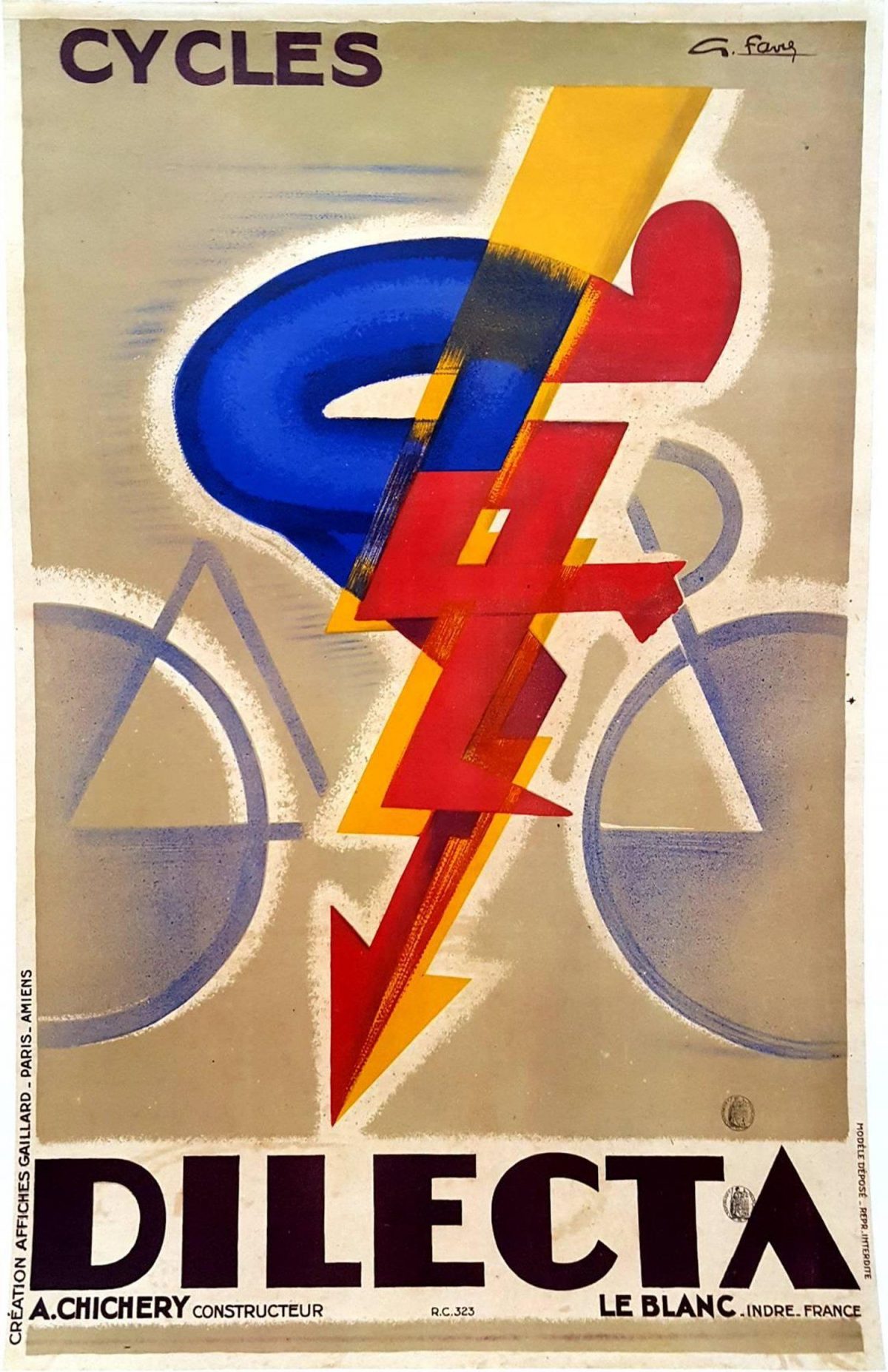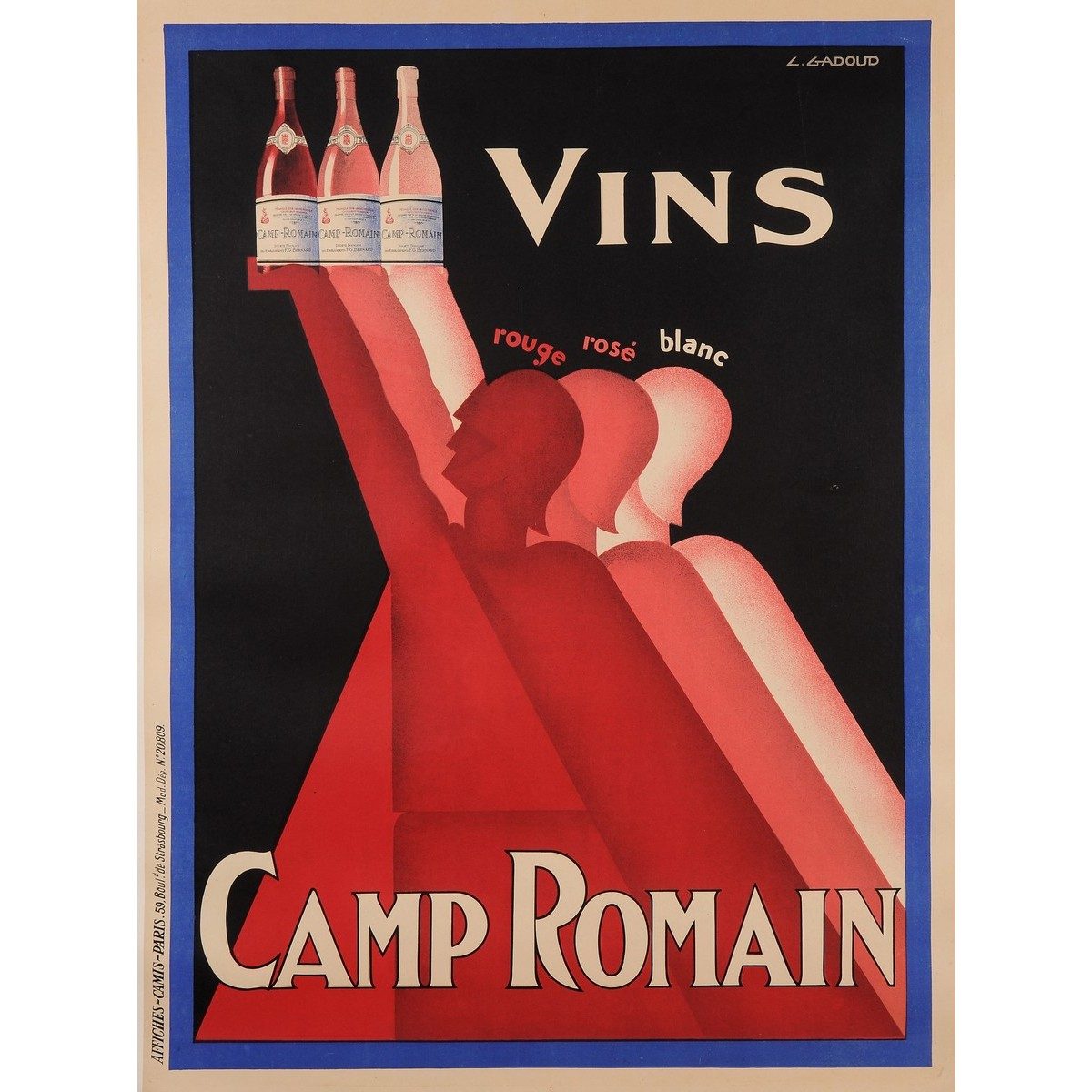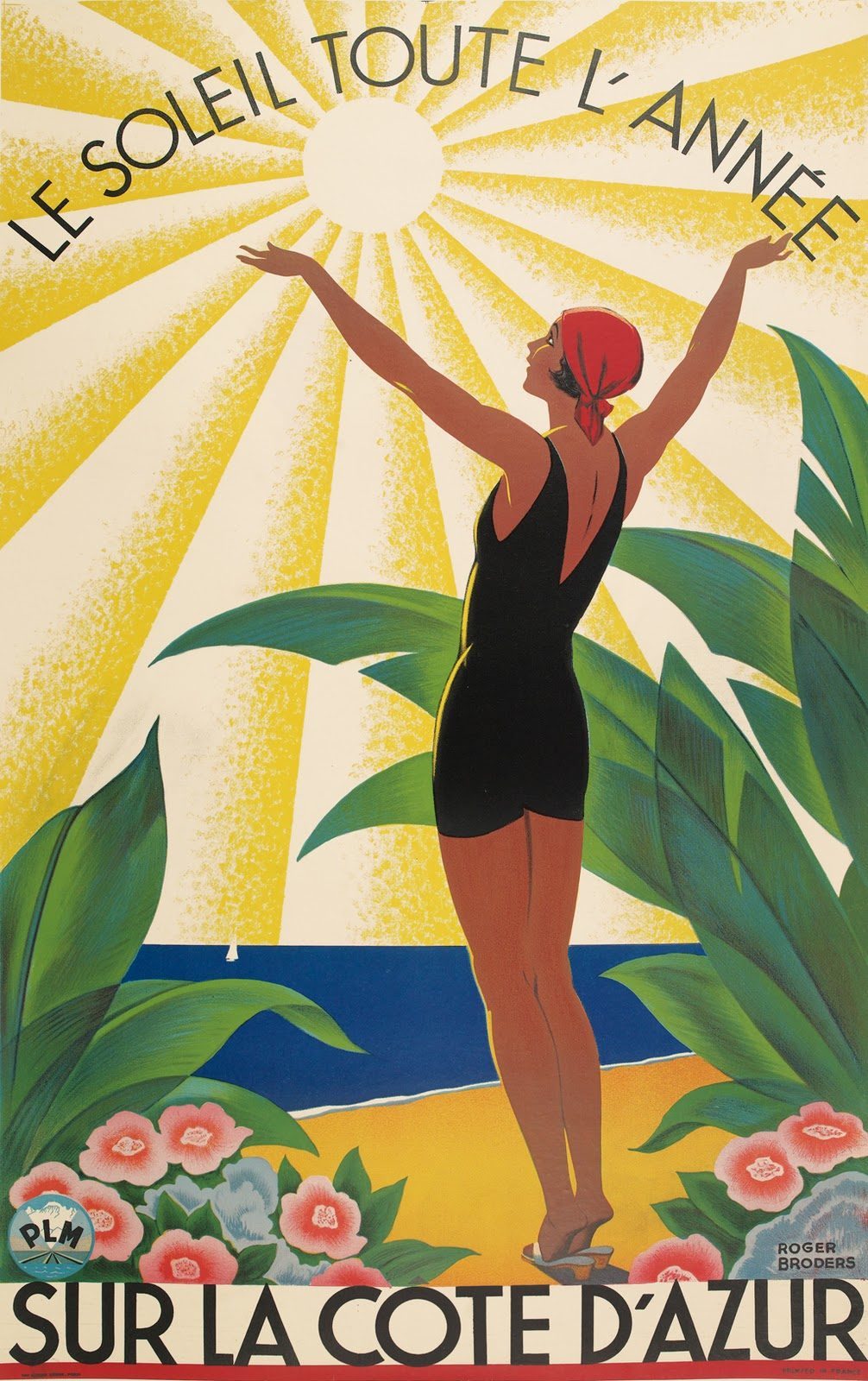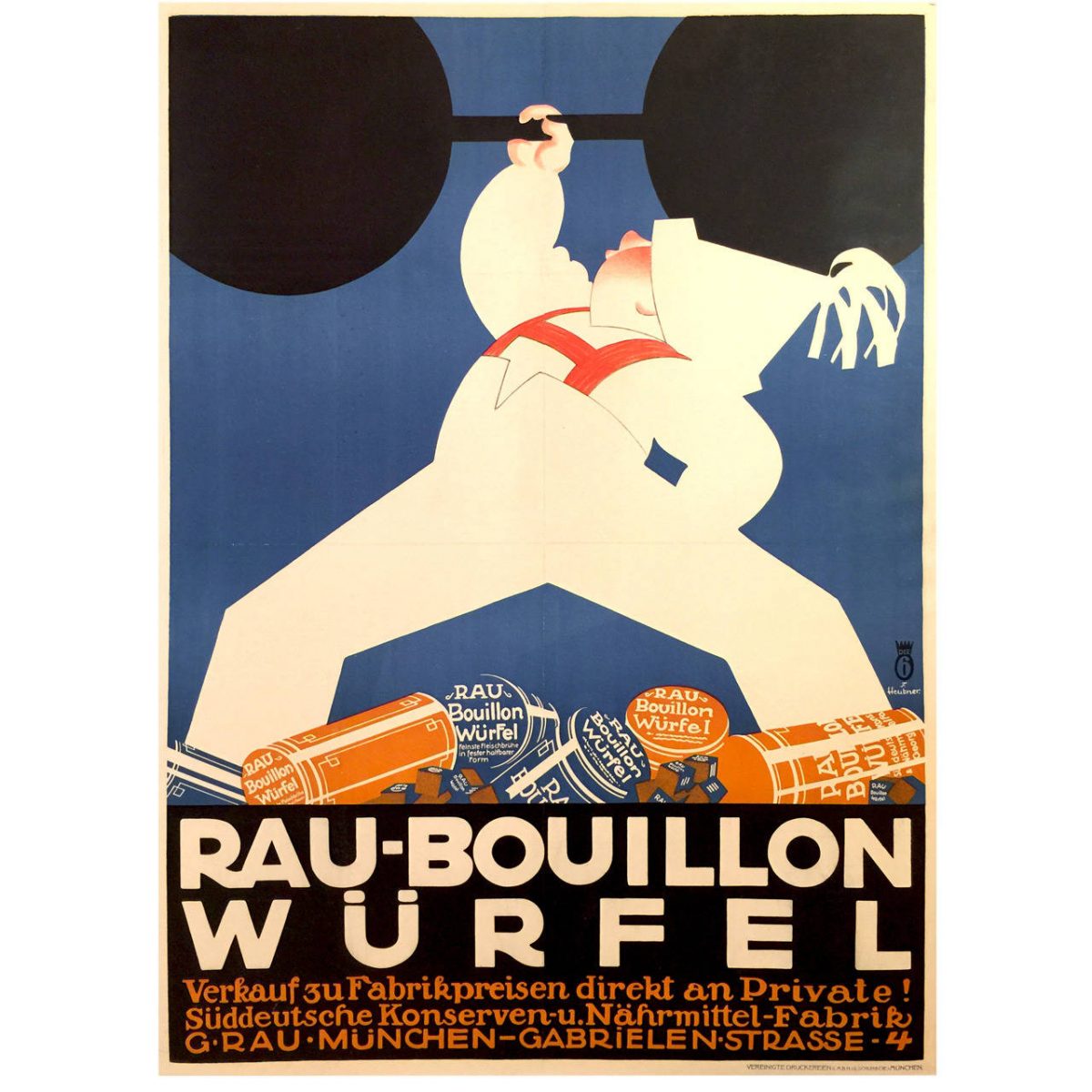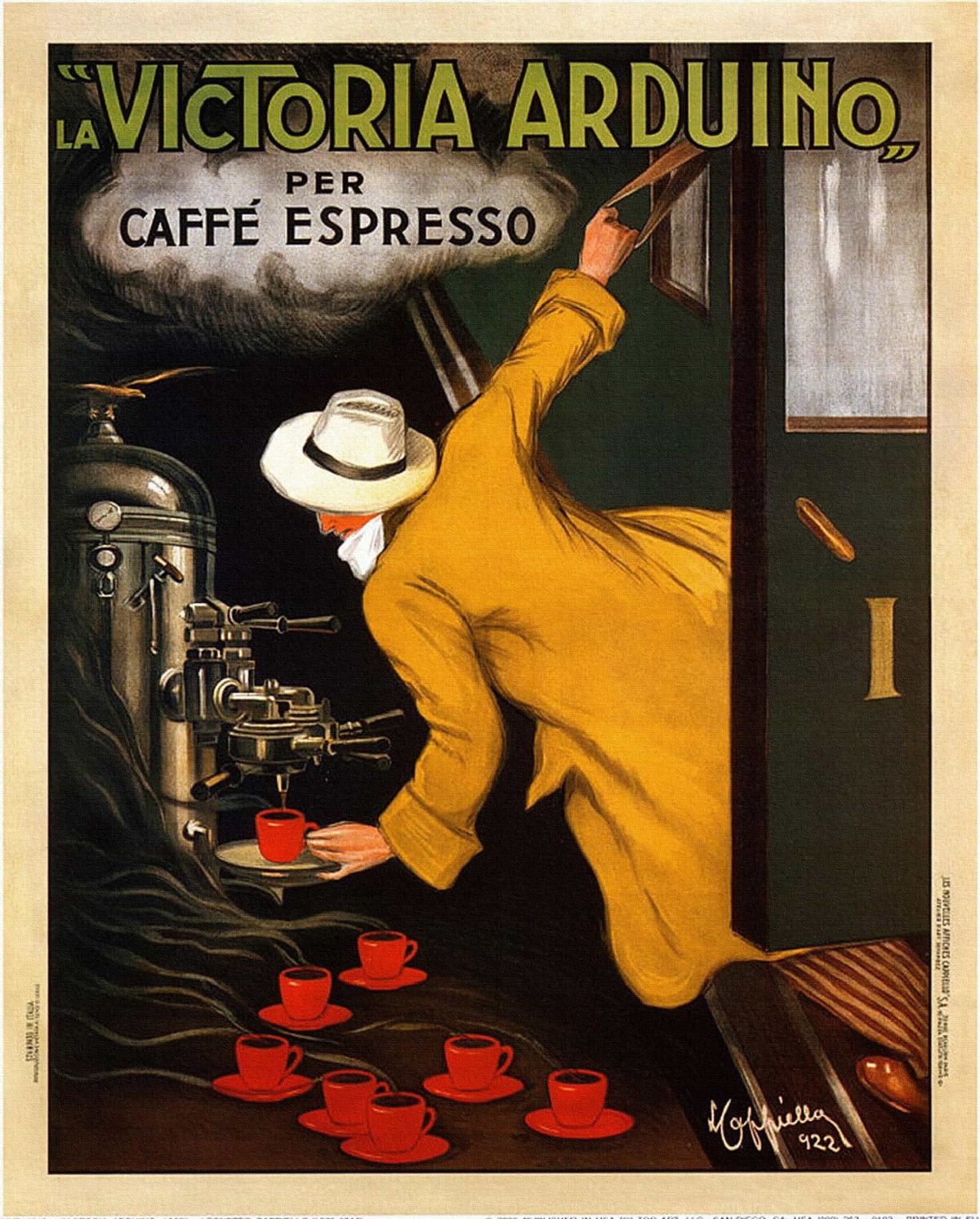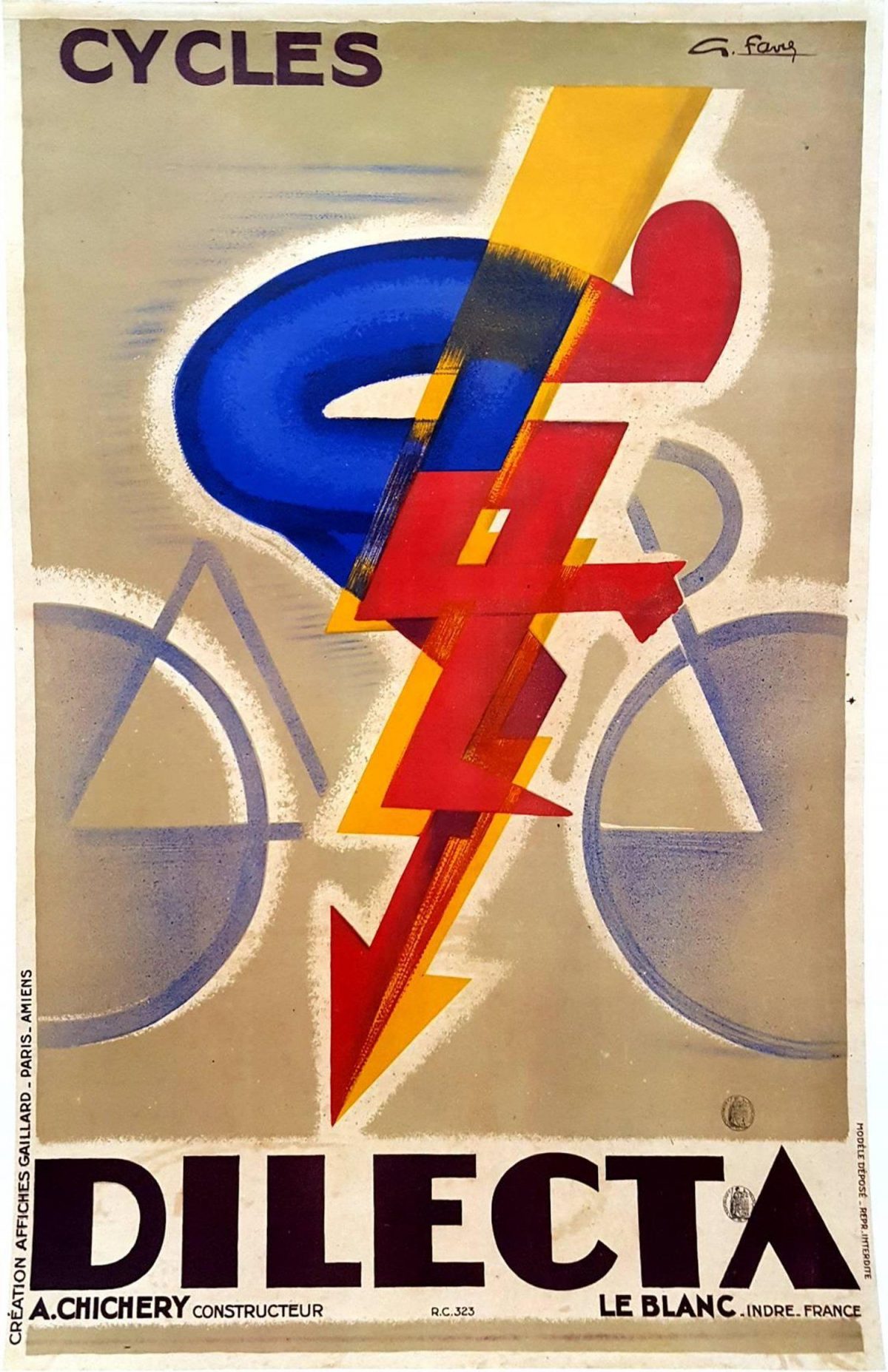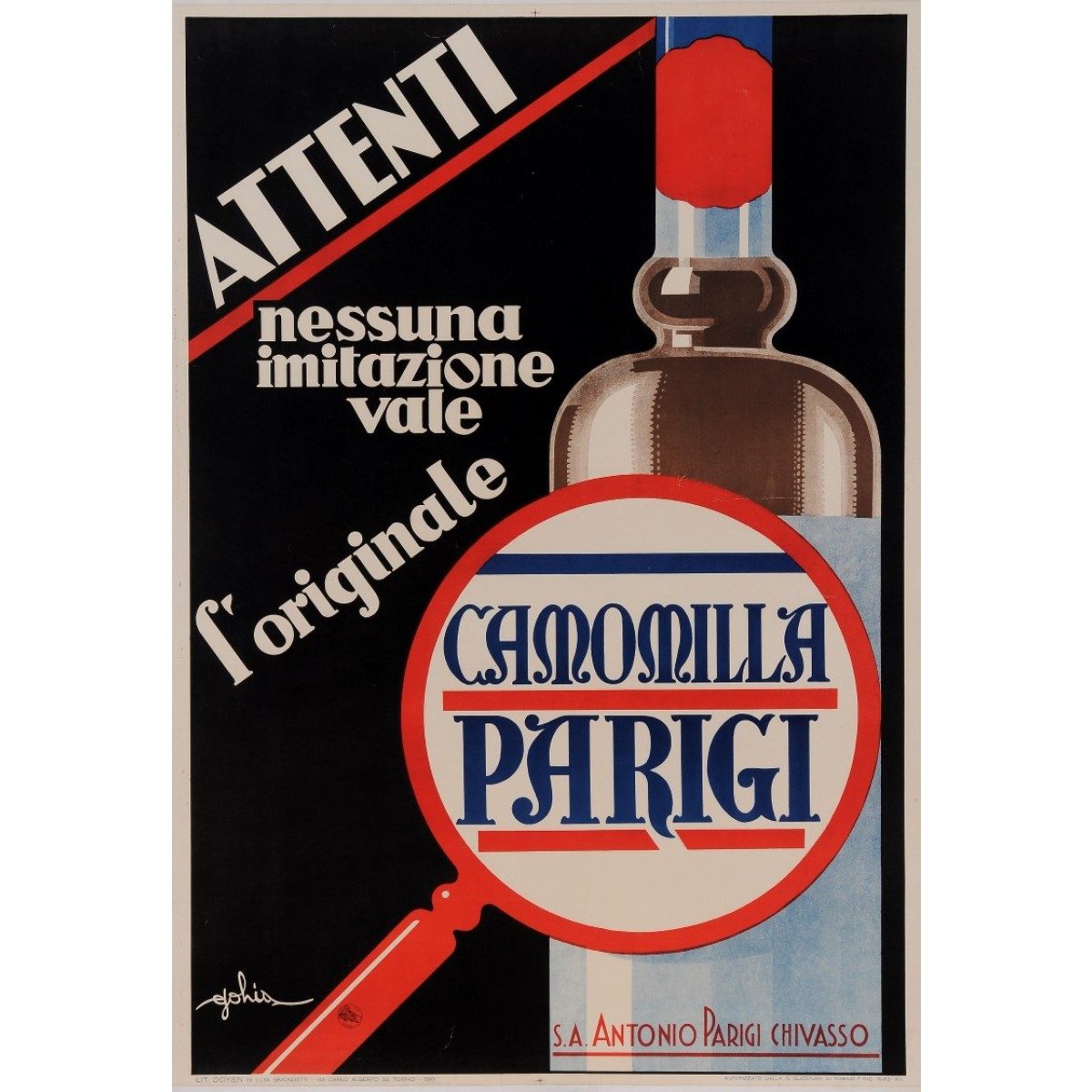The word ‘art deco’ comes from the 1925 Exposition Internationale des Arts Decoratifs Industriels et Modernes, held in Paris when the architect Le Corbusier wrote some articles about the exhibition for his magazine L’Esprit Nouveau under the title, “1925 Expo: Arts Déco”. These were later combined into a book, “L’art décoratif d’aujourd’hui” (Decorative Art Today). The articles, essentially, set upon the overabundance of ornamental objects at the Exposition and concluded that “Modern decoration has no decoration”.
On 2 November 1966 the journalist Hilary Gelson wrote an article in the Times:
Flapper skirts, flamboyant “kipper” ties, shiny steel chairs, Chicago gangster hats… these are all part of the 1966 look, which is at the same time a nostalgic return to the design trends of the twenties. Earlier this year the Musée des Arts Decoratifs in Paris staged a fascinating exhibition which highlighted the style now known by connoisseurs as Art Deco.
The term Art Deco became popular in 1968 when historian Bevis Hillier published the first major academic book on the style: Art Deco of the 20s and 30s. Art Deco, he maintained, influenced the design of buildings, furniture, jewelry, fashion, cars, movie theatres, trains, ocean liners, and everyday objects such as radios and vacuum cleaners. Hillier cited The Times article and also an essay named “Les Arts Déco” in Elle magazine (November 1967) where the term was used. In 1971, Hillier organized an exhibition at the Minneapolis Institute of Arts – The World of Art Deco.
Would you like to support Flashbak?
Please consider making a donation to our site. We don't want to rely on ads to bring you the best of visual culture. You can also support us by signing up to our Mailing List. And you can also follow us on Facebook, Instagram and Twitter. For great art and culture delivered to your door, visit our shop.
